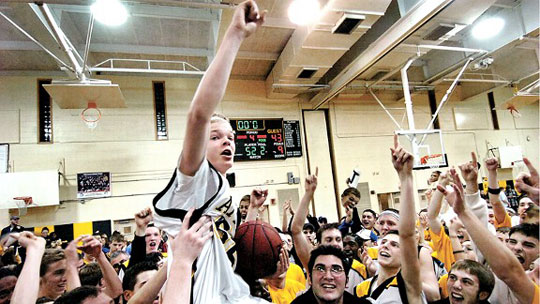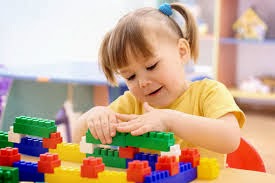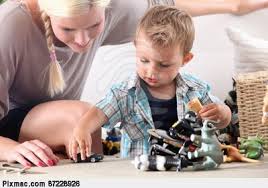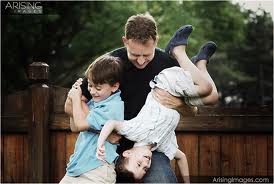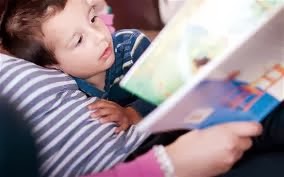who began choking. Jenny gave her step by step direction to perform the procedure, and their teamwork paid off.
Popcorn is one of the biggest dangers for young children. A three year old boy died soundless, in a movie theatre, while choking on popcorn with his family right next to him. Another incident was of a three year old girl, whom after choking on popcorn, had a piece of the popcorn lodged in her throat and had to have it surgically removed.
Any age child can choke. Jenny was tutoring a third grader who got a chicken nugget caught in his throat. Jenny quickly did the maneuver on him, and the nugget went flying across the room. When Mom arrived home, the boy said, “Mom, Jenny saved my life today!”
Another time, Jenny (who has 13 years of nanny experience) was nannying for a family. She and both parents were in the kitchen and the one year old, strapped in the high chair, began choking. The Dad was pulling off the tray and trying to unlatch the straps, but in his panic, was fumbling. Jenny grabbed the scissors, cut the straps, and did the maneuver, saving he child’s life.
Jenny won’t leave her children with a sitter until they’ve demonstrated the Heimlich Maneuver to her satisfaction. “You can train for it, but I don’t think anything can prepare you for that moment when you have to use it.”
Her own son Carter, age two, climbed onto her bathroom counter and opened a Tylenol bottle and other over the counter medications and she found 50 pills scattered over the floor when she discovered him. They rushed to the ER and kept him there for observation. “I had every inch of my house baby-proofed, but they still got into things,” Jenny shared.
